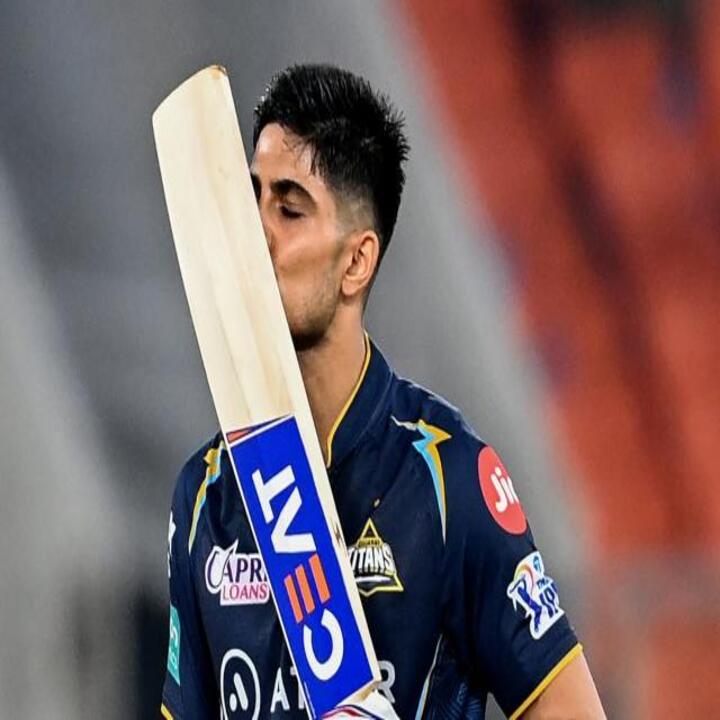In the rapid and changing times of the present world, ensuring the future of a child through effective financial planning is not just the duty of parents; it is a necessity. The spiraling expense of quality education and the uncertainty of life necessitate the need to invest in a solid child investment plan that ensures not just wealth accumulation but also security and peace of mind.
This is where child education plans fill the role. These schemes are customized to assist parents in creating a corpus so that their children are able to pursue their aspirations whether studying in a premier engineering college, joining an international MBA course, or taking up creative courses overseas. But then, with so many of these schemes available, selecting the optimal child education plan becomes challenging. This blog shall lead you through the key aspects to look at while choosing the appropriate plan in order to protect your child’s educational path.
Why a Dedicated Child Education Plan Is Necessary
Increasing Cost of Education: Indian educational inflation has been rising at the rate of 10–12% per annum. A professional course for ₹10 lakhs now can cost more than ₹25 lakhs in 10-15 years’ time. Such inflation cannot be covered by a regular savings account or fixed deposit.
Protection Against Life’s Uncertainties: A child education scheme offers life cover, which means that in the event of the death of the policyholder, future premiums are still paid by the insurer, and the maturity benefits are not disturbed.
Disciplined Long-term Savings: These schemes promote regular and long-term saving strategies, which are important for creating a solid financial foundation for your child’s schooling.
Types of Child Investment Plans
Before choosing the best child education scheme, it is essential to know about various child investment schemes in the market:
- Endowment Plans: They are conventional schemes providing assured returns. They are low-risk but provide relatively moderate returns as well, as compared to ULIPs.
- Public Provident Fund: While not specifically a child plan, PPF is a popular long-term investment with tax benefits and compound interest, making it a good supplementary plan.
- Sukanya Samriddhi Yojana (SSY): A government-backed savings scheme exclusively for girl children, offering attractive interest rates and tax benefits.
- Fixed Deposits (FDs) and Recurring Deposits (RDs): These provide fixed returns with very little risk, but usually don’t beat education inflation in the long run.
Important Points to Keep in Mind While Selecting the Best Child Education Plan
Begin Early: The largest asset in planning for your child’s future is time. Planning early not only provides you with the power of compounding but also enables you to invest smaller sums over an extended duration. A child who is currently 3 years old will require money for college in the next 15 years—beginning today puts you at a strong advantage.
Determine the Goal Amount: Calculate the approximate cost of educating your child (keep inflation in mind) and decide upon a financial objective. The clarity will aid in selecting a plan that meets the target corpus.
Risk Appetite: Your selection of investments should be according to your risk profile. ULIPs and mutual funds are good for risk appetites ranging from moderate to high, and endowment policies and PPF are best for risk-averse investors.
Policy Term and Payout Structure: Make sure the policy term aligns with your child’s age when he or she will need money. Also, find plans that have flexible payout choices, lump sum or staggered pay, to align with education milestones.
Premium Waiver Benefit: This is one of the essential features in a child investment plan. If the policyholder dies, future premiums are exempt, and the policy proceeds as intended. It guarantees that your child’s aspirations are not hampered by unexpected occurrences.
Tax Benefits: The majority of child education plans provide tax relief under Section 80C and Section 10(10D) of the Income Tax Act. These tax reliefs make your investment more effective.
Innovative Approach: Maximizing Impact Through Combined Plans
Most experts suggest a hybrid approach—blending a safe child education plan with a growth-based investment. For instance, a parent could invest in a ULIP-based child investment plan for returns and at the same time open a PPF or Sukanya Samriddhi account to ensure guaranteed savings.
This blends risk and return, providing stability as well as growth in your investment portfolio.
Top Plans in India (2025 Trends)
Though not mentioning specific providers in this case, the top best child education plan choices in 2025 typically include:
- Fund options (equity/debt/balanced)
- Goal-based savings triggers
- Partial withdrawal after lock-in
- Built-in premium waiver
- Loyalty additions and wealth boosters
Seek features like dynamic asset allocation, milestone-based payouts, and online access to track fund performance.
Mistakes to Avoid
- Postponing the investment decision until the child is 10 or 12 years old
- Selecting a plan solely to save taxes, without considering long-term gains
- Not reviewing the plan regularly to align with changing financial goals
- Underestimating inflation and the future cost of education
Conclusion:
Choosing the best child education plan is not a one-size-fits-all decision. It requires a thoughtful analysis of your financial goals, risk tolerance, income levels, and your child’s future aspirations. The right child investment plan is one that not only grows your wealth but also provides a financial shield around your child’s dreams.
In a universe where unpredictability is all we can be certain of, a thoughtfully selected study plan can be the unshakable foundation your child needs to get up and get going. Begin early, stay up-to-date, and spend wisely—because the greatest present you can bestow on your child is a stress-free journey to his or her aspirations.









































Leave a Reply